
Staphylococcus Decolonisation
Staphylococcus decolonisation is a treatment that is used to reduce the number of Staphylococcus aureus bacteria on the skin and/or nose of carriers. This is confirmed by a bacterial swab performed by your healthcare provider.
This treatment is especially useful for patients who are prone to repeated skin infections. It is important to note that all members of the household should be doing the decolonisation at the same time.
Here are the steps to decolonise from S. aureus to prevent you and your household from getting recurrent skin infections:
- If you have an active skin infection, you will first be placed on a 7-day course of appropriate antibiotics by your doctor prior to the decolonisation.
- Once the active infection is cleared, the decolonisation process begins. Please note that for the decolonisation process to be successful, all members of the household will need to take part at the same time.
Decolonisation Procedure:
1. Preparing the Home Environment
- Clean the entire house, including dusting and vacuuming.
- Replace old toothbrushes, razors, deodorant, creams, makeup brushes and other similar items.
- Disinfect the shower floor and/or bathtub daily using a bleach-containing product.
- Wash clothes, linen, towels, pets’ bedding in hot water (60ºC) with laundry detergent. If drying in the sun is possible, do so.
- Avoid sharing items of clothing or towels with others.
2. Preparing for Skin Decolonisation
Part 1: Antibacterial Nasal Ointment
- Antibacterial nasal ointment prescription- Mupirocin 2% (Bactroban) applied twice daily for 5 days inside the nose, then weekly.
- Clean and dry your hands.
- Apply a small amount of ointment onto a clean cotton bud and gently massage the ointment around the inside of one nostril, not too deep (maximum 2cm).
- Repeat step 2 and 3 for the other nostril using a new cotton bud.
- Use a circular motion to spread the ointment within the nose.
- Use the ointment twice a day for 5 days.
- Clean and dry your hands after applying the ointment.
- Each person being treated should have their own prescribed tube of antibiotics ointment.
Part 2: Use Antiseptic Wash or Bleach Baths Daily for 5 Days
Antiseptic Wash Instructions
- Use either 2% chlorhexidine or 1% triclosan body wash (use triclosan if allergic to chlorhexidine).
- Apply the body wash in the shower daily.
- Make sure to wash under your arms, groin, and any skin folds.
- Leave the body wash on your skin for at least five minutes.
- Rinse off as normal.
Bleach Baths Instructions
- Fill a bathtub with water.
- Add the appropriate amount of bleach.
- Soak in the bath for 10 minutes a day. .
- Make sure the bleach is properly diluted to avoid skin irritation. Do not use undiluted bleach.

UNDERSTANDING BLEACH BATHS: A STEP-BY-STEP GUIDE
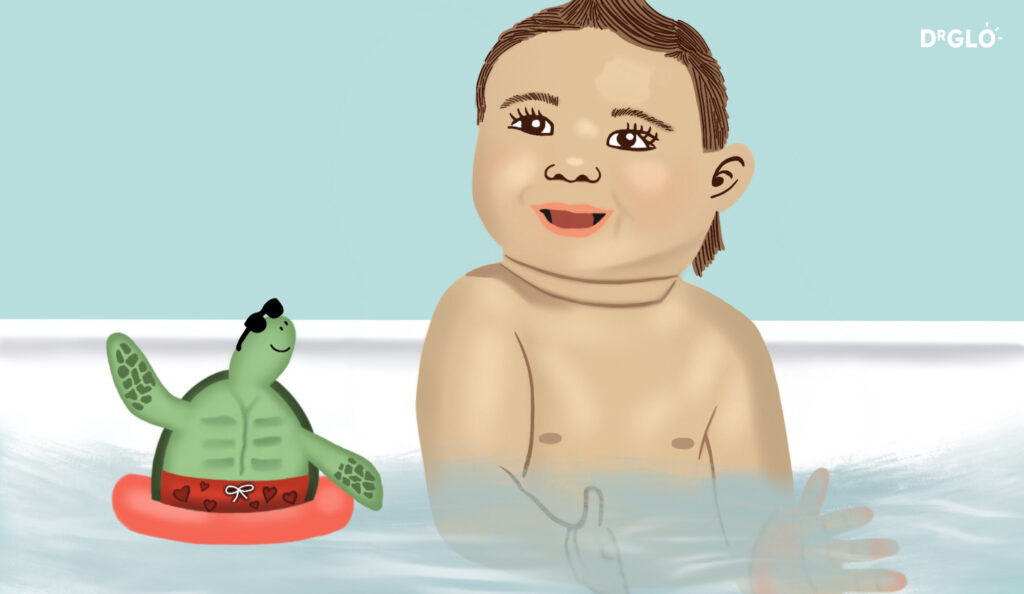
For a more in-depth guide on how to properly prepare and use dilute bleach baths, refer to the article Understanding Bleach Baths: A Step-by-Step Guide.
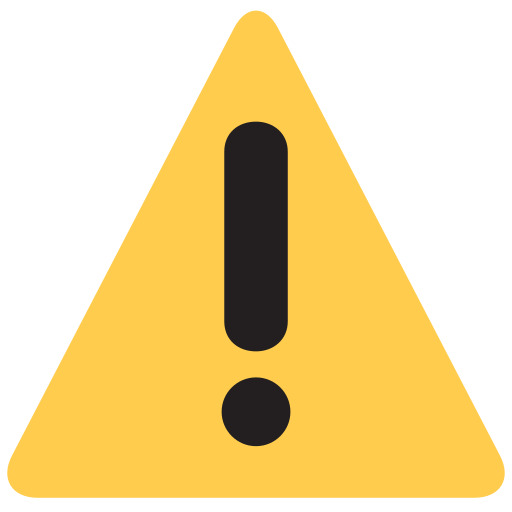
PRECAUTIONS
Remember to always consult your healthcare professional before using any of these methods.
 Common Skin Conditions
Common Skin Conditions Paediatric Conditions
Paediatric Conditions Skin Cancer
Skin Cancer Infectious Skin Conditions
Infectious Skin Conditions Other Skin Conditions
Other Skin Conditions Treatment & Management
Treatment & Management Prevention & Skincare
Prevention & Skincare


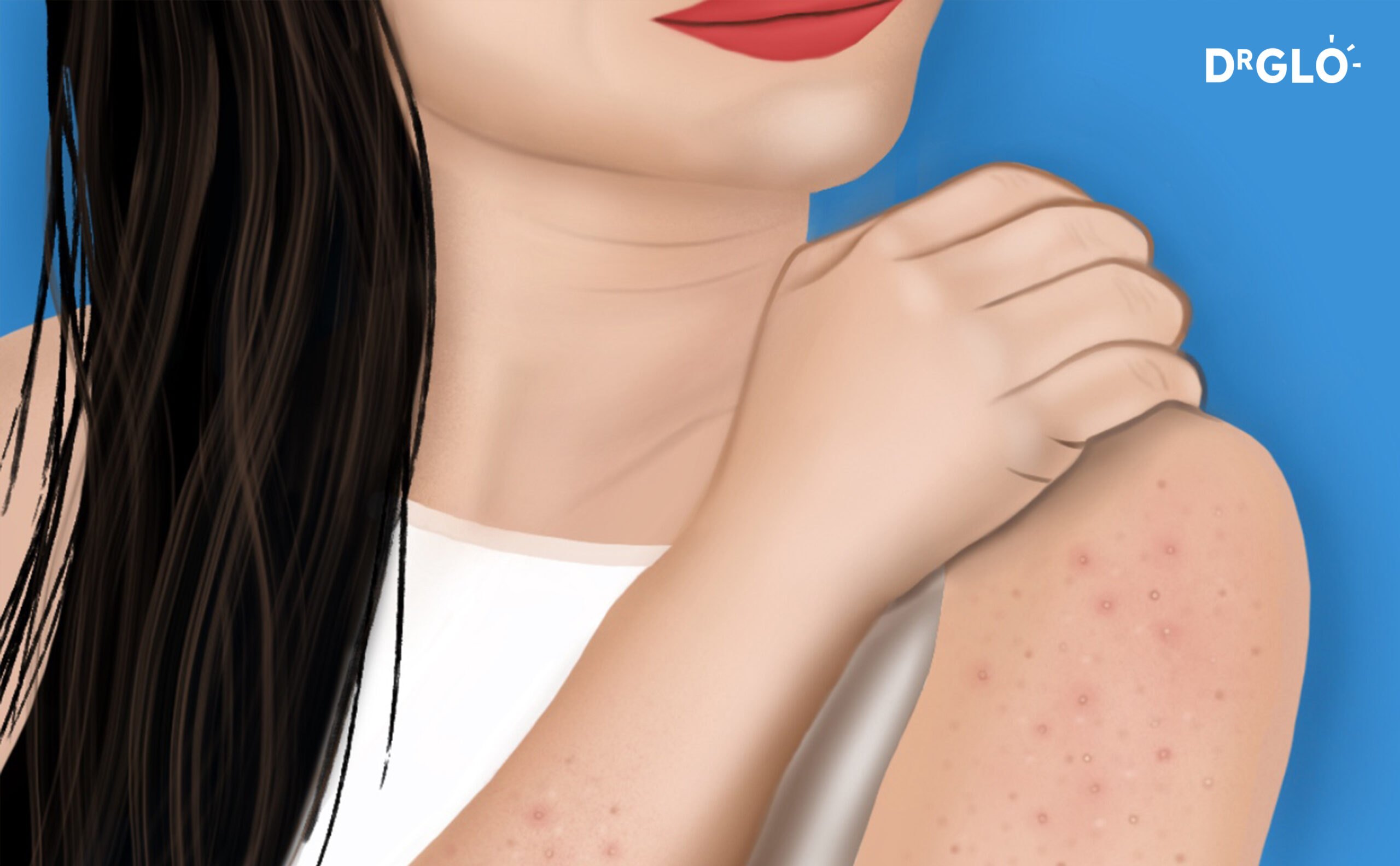
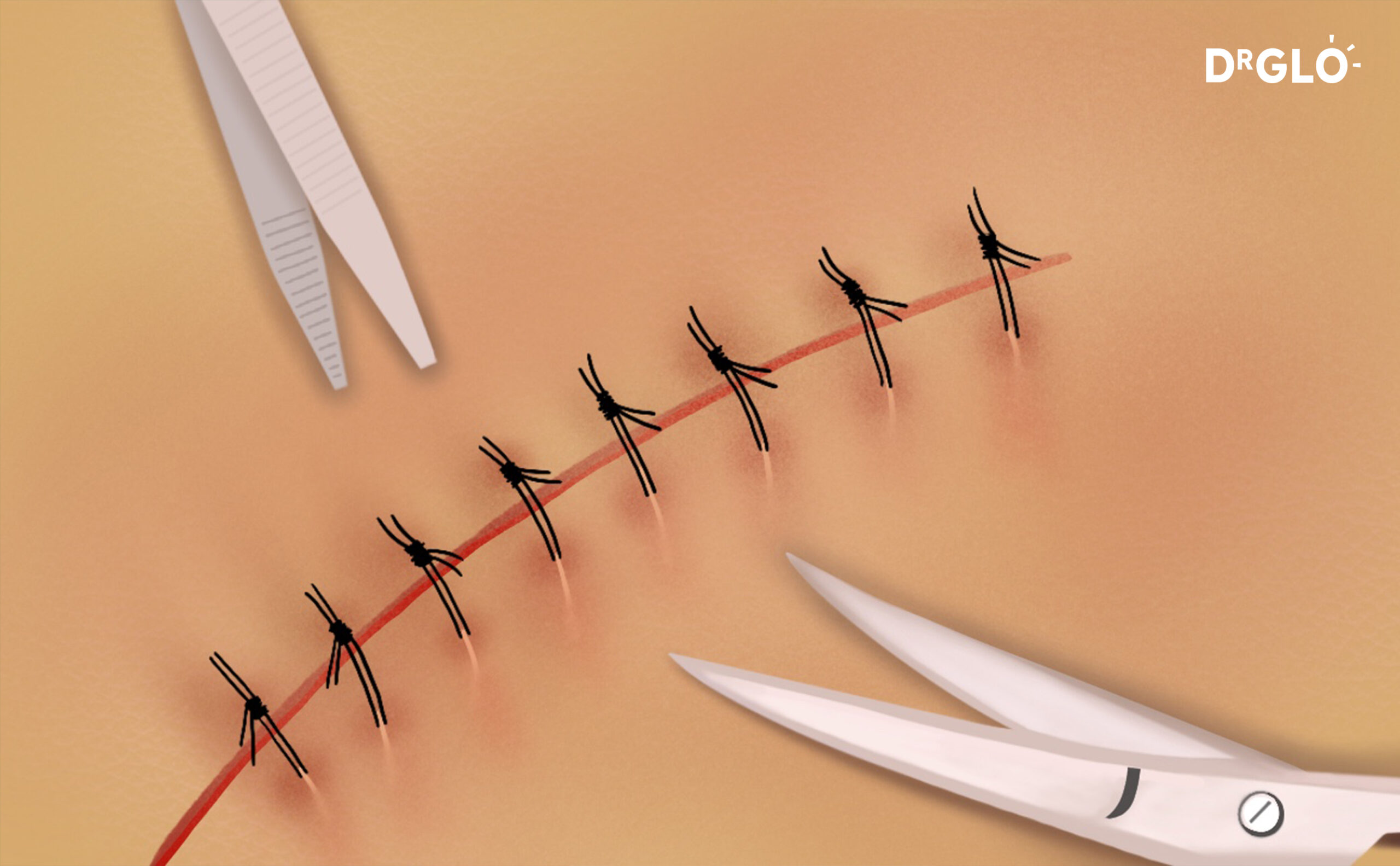
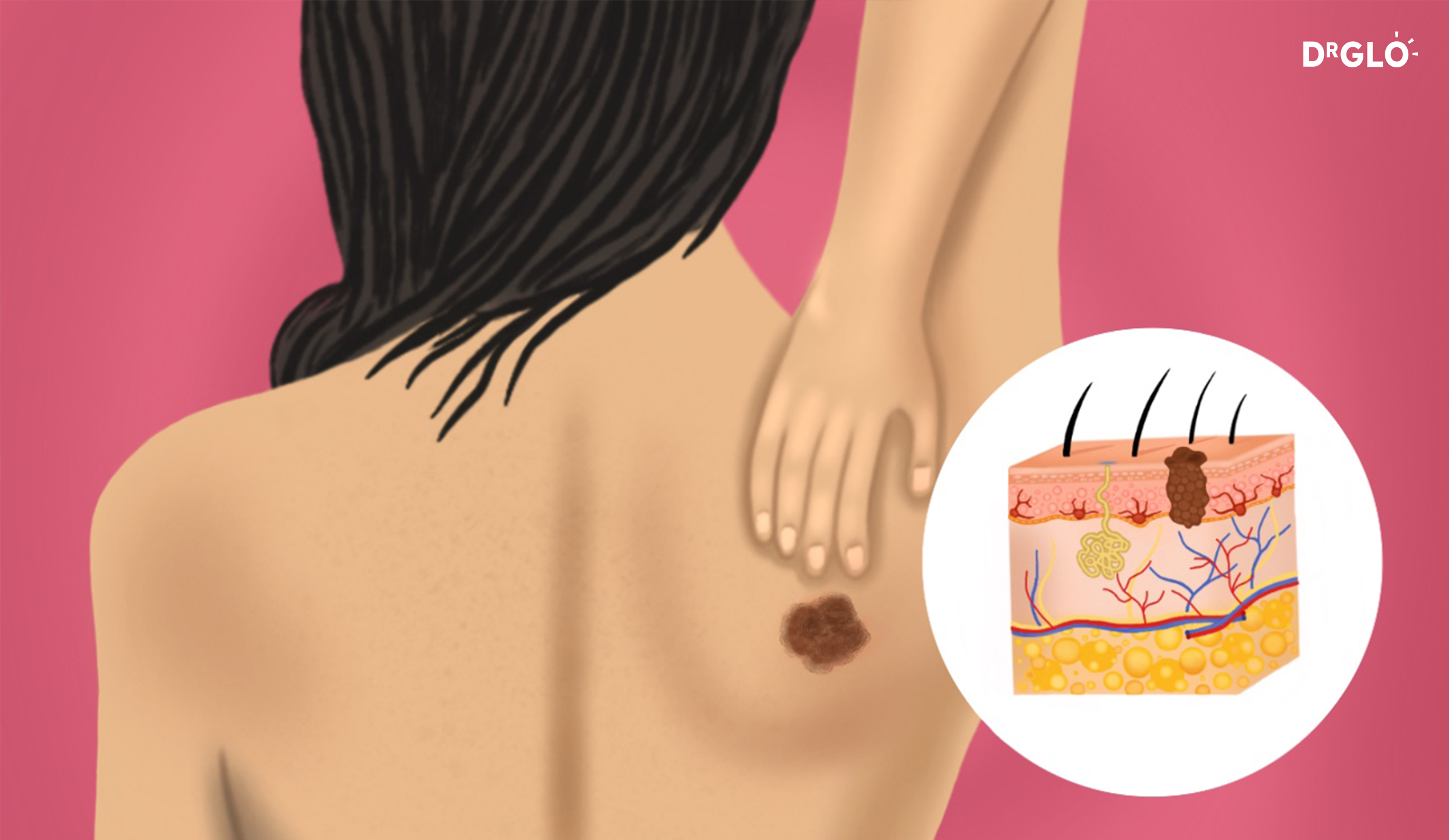
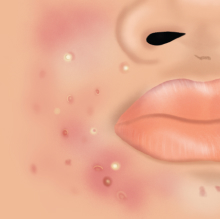
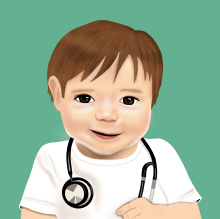
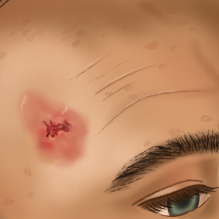

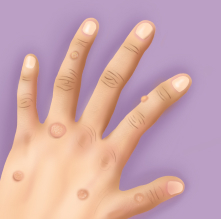
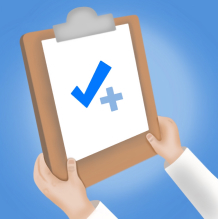
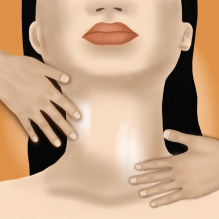
Popular Articles
A Step-by-Step Guide